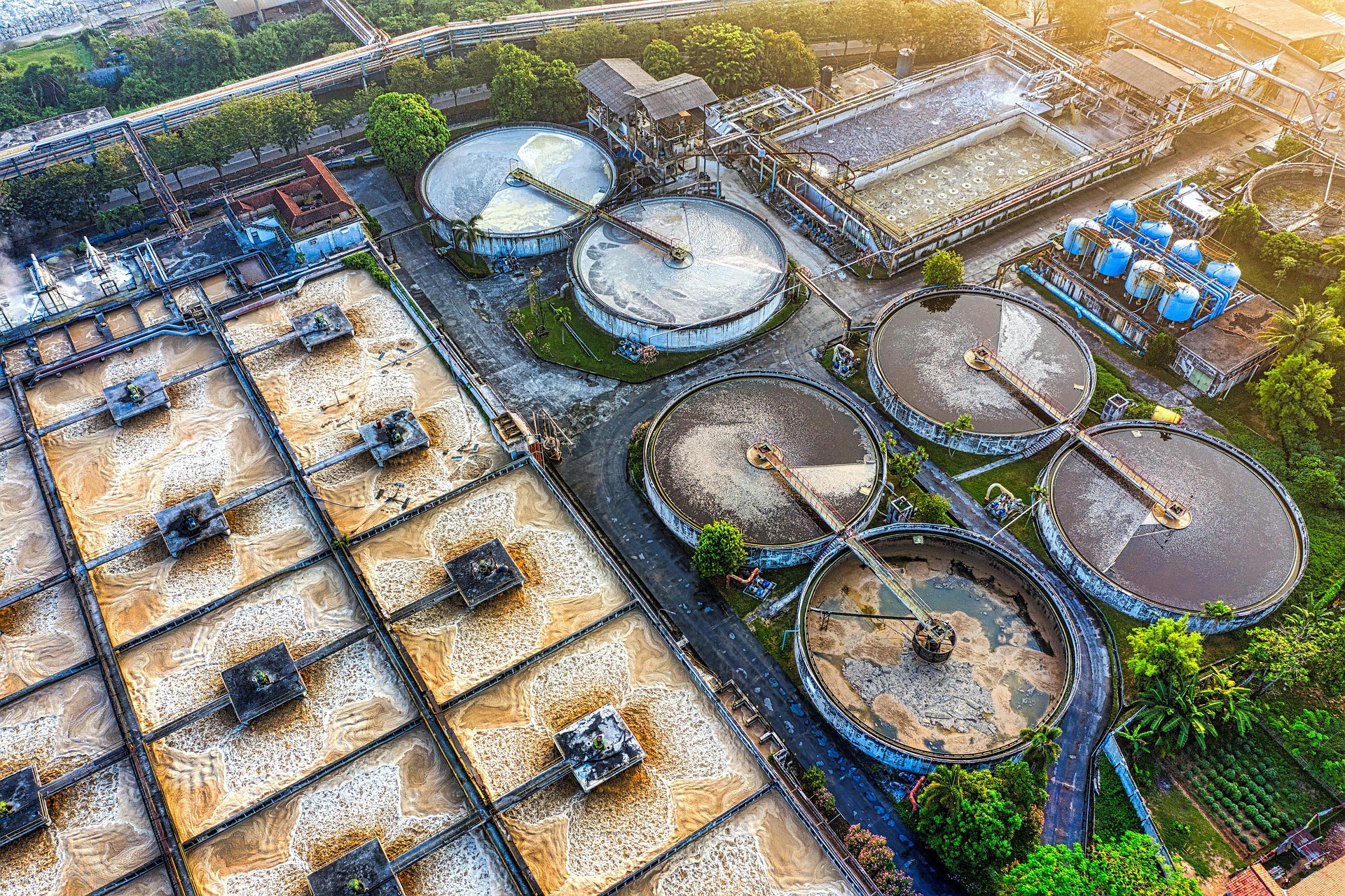The focus of OPISAC on disruptive tech extends beyond water generation to encompass a wide array of advanced and scalable water treatment systems. OPISAC promotes the implementation of innovative treatment technologies designed to serve both individual and community-scale applications.
At the point-of-use level, these technologies allow households and smaller facilities to directly treat water on-site, removing microbiological, chemical, and particulate contaminants.
At the municipal level, OPISAC supports the development and integration of full-scale treatment systems capable of processing significant volumes of wastewater, storm runoff and overflow, or raw surface water with high levels of efficiency and reliability.
The introduction of this disruptive tech to enhance water security yields tangible improvements in the health and stability of local communities. Access to clean and reliable water reduces the prevalence of waterborne illnesses, supports effective sanitation and hygiene practices, and contributes to food security through safer irrigation practices.
The availability of decentralized water treatment systems ensures that communities are not solely dependent on failing or overburdened centralized infrastructure.
Collectively, these advancements support greater local resilience, public health outcomes, and sustainable development goals by enabling communities to secure and manage their own water resources effectively and responsibly and ensuring a progressive and exponential expansion of water security around the globe.
Access to clean and reliable water directly reduces the prevalence of waterborne illnesses, supports effective sanitation and hygiene practices, and contributes to food security through safer irrigation methods.
These benefits operate across personal, community, and environmental dimensions, and are foundational to sustainable public health and agricultural productivity.
Waterborne illnesses such as cholera, typhoid fever, dysentery, and various forms of diarrheal disease result primarily from the ingestion of water contaminated with pathogenic microorganisms or chemical pollutants. When water is consistently available in a clean and safe form, individuals are no longer compelled to rely on unsafe sources, such as rivers, ponds, or poorly maintained wells.
The elimination of exposure to untreated water through effective water treatment systems sharply decreases the transmission vectors for disease. In healthcare terms, this results in lower morbidity and mortality rates, particularly among vulnerable populations such as children, the elderly, and immunocompromised individuals.
Effective sanitation and hygiene depend not only on water quantity but also on water quality. Toilets, latrines, and sewage systems require water to function, but the absence of clean water renders these systems ineffective or dangerous.
Allowing this water, once used, to be disposed of without water treatment contaminates more than just the soil. Inadequate or non-existent water treatment leads to the contamination of living environments and compounds the public health burden. Access to clean water supports routine personal hygiene practices including bathing, menstrual hygiene management, food preparation, and laundry, all of which are critical for human dignity, social participation, and disease prevention.
In institutional settings such as schools, hospitals, and marketplaces, water treatment allows for enforceable hygiene protocols that protect against disease outbreaks and ensure the continuity of essential services.
In the agricultural sector, properly treated wastewater enables safe and sustainable irrigation, which directly supports food security. Crops irrigated with untreated or contaminated water absorb harmful substances such as heavy metals, pesticides, and pathogenic organisms.
This contamination compromises food safety, reduces crop yields, and introduces toxins into the food chain, ultimately threatening both human health and agricultural markets. Clean irrigation water ensures that crops grow in a safe environment, reducing the likelihood of post-harvest contamination and improving both the nutritional value and economic viability of local produce.
Farmers benefit from increased reliability and predictability in crop performance, while consumers receive safer food products.
The environmental consequences of using untreated water, particularly wastewater, for irrigation extend to the degradation of soil and aquifers. When chemicals, pharmaceuticals, and industrial toxins are present in untreated wastewater or storm water runoff, they infiltrate the soil and, over time, accumulate in aquifers.
Water treatment mitigates this damage by preventing the introduction of harmful agents into both soil and groundwater systems. This protects aquifers from irreversible contamination and maintains their function as a critical buffer during periods of drought or water scarcity.
Collectively, these outcomes support a more stable and self-sufficient food system, reinforce ecological resilience, and reduce the burden on public health infrastructure.
The availability of water treatment systems is essential not only for immediate consumption and hygiene but also for long-term environmental stewardship, agricultural sustainability, and public health security.

